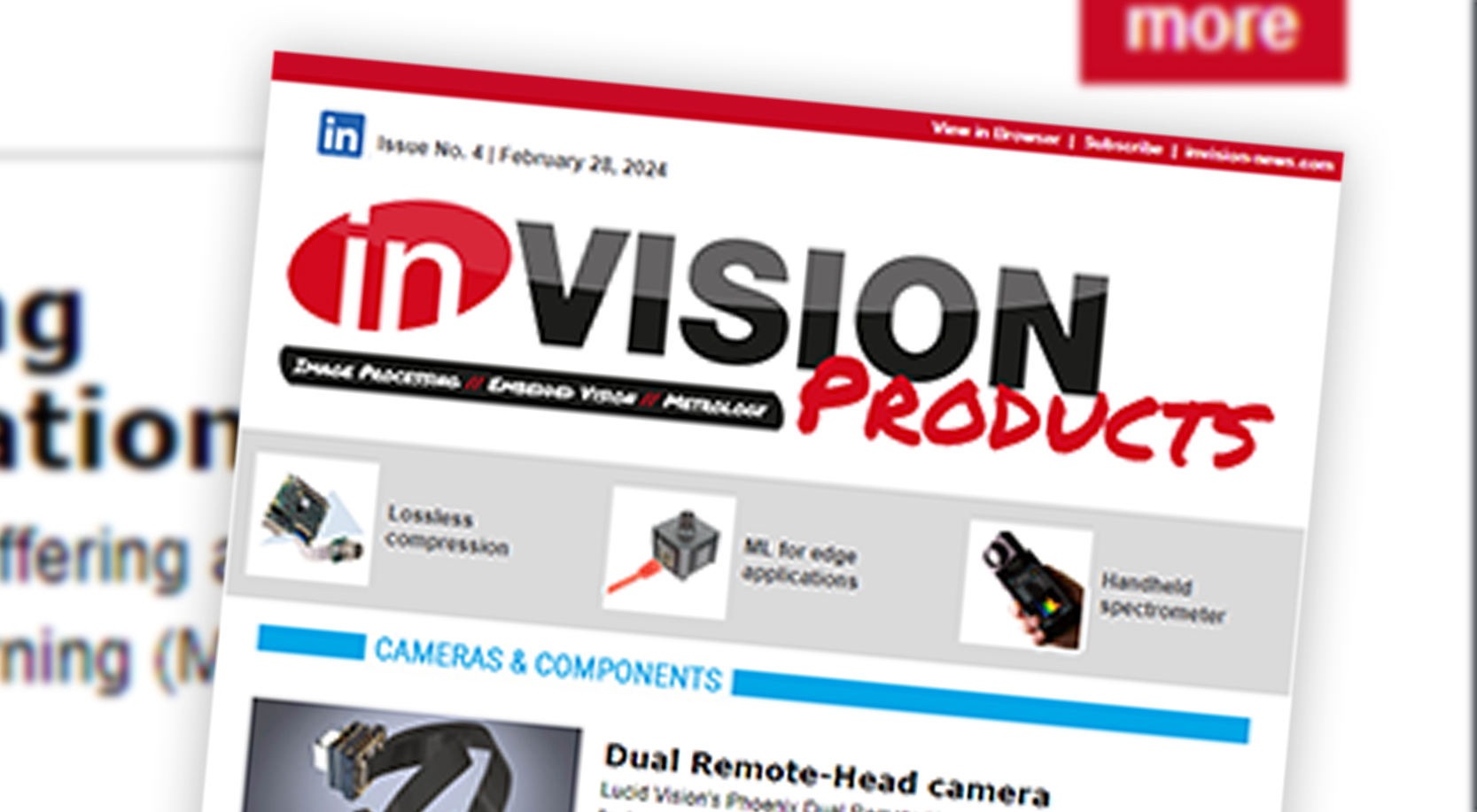If embedded vision is becoming so fast and cheap, who still needs an IPC?

„Even if there is embedded vision for the preprocessing part, there is always something on the back end side, that requires faster processing.“ – Maurice van der Aa, Advantech (Bild: Advantech Europe BV)
van der Aa: I think there will always be IPCs. Even if there is embedded vision for the preprocessing part, there is always something in the back end side and there are still applications, that require faster processing, maybe a two-step solution with a FPGA or a GPU. IPCs will still exist, maybe in a different form factor, but they will definitely exist.
Strampe: What I see on the IPC side is that engineers have more and more different tasks, all of them realized on the IPC. I don’t believe that the IPC will decrease only because of embedded vision.
Behrens: For Sensor fusion, combining different sensors not only based on vision technology, also using LIDAR sensors, or to combine it simply with an encoder for the driving vehicle you are controlling.
Bake: We compare that to other trends, e.g. with a frame grabber. Once you have technologies, which can take the frame grabber out, they are far more cost effective and are appealing to a large majority of customers. Nevertheless you have a certain group of customers who are performance driven and who stay on the high technology. I think the transition over to embedded with regard to the factory will be slow and will develop first in other markets and then slowly will come back to the factory side and then the gross of embedded technology will be higher than IPCs up to a point.
What do you think will be the markets for embedded vision?
Bake: A very interesting one is retail. You don’t see a general purpose solution there, it is really a single purpose solution.
van der Aa: Transportation, security and surveillance are definitely going to use that technology. If you look on the security side, the cost factor of the camera is always impacting. Security all over the world becomes much more important. If we need to filter the data, that comes from a standard camera, we can do that with an industrial camera.
Behrens: Closer related to identification are Track&Trace and inline inspection. You can use it in automotive and in other similar markets.
What can embedded vision learn from machine vision?
Bake: Embedded solutions come from people who have an experience with electronic design and software design. The whole vision part is missing, the way how to handle light, optics, transform that into an image and then deal with an image. What is interesting is the component type of structure, which has been developed in machine vision, helping customers to combine different sensors with different processors trying to deal with the variety of different applications.
Strampe: They can learn about reliability from machine vision in all aspects, hardware, firmware, libraries, the whole system. Sometimes embedded people start from zero to design an embedded vision system, which is already available in machine vision.
Munkelt: From the algorithm side I would say that there are plenty of algorithms which have proven themselves for many years in the machine vision world. We have developed a very distinct technology over decades, and if they look a little closer at this, they can make a real machine vision application on an embedded system much quicker.
van der Aa: From a system point of view, I think the most important part is Longevity & Revision Control, to provide stable platforms to our partners for a longer period of time.
York: What we want to do is learn broadly from the whole industry about embedded vision and machine vision, so that we can do a much better job of developing what we build, because we are a key enabling factor to a lot of what is going on here.
Behrens: If we get the same reliability we know from the basic vision things than embedded vision could be a good deal. On the other hand if this will not take place, than the customer will decide what is the right way to go on.
Advantech Europe Maurice van der Aa, Product Sales ManagerARM Richard York, VP Embedded Marketing
Basler Arndt Bake, CMO
Imago Technologies Carsten Strampe, Managing Director
MVTec Software Dr. Olaf Munkelt, CEO
Sick Andreas Behrens, Head of Marketing&Sales Barcode-RFID-Vision












